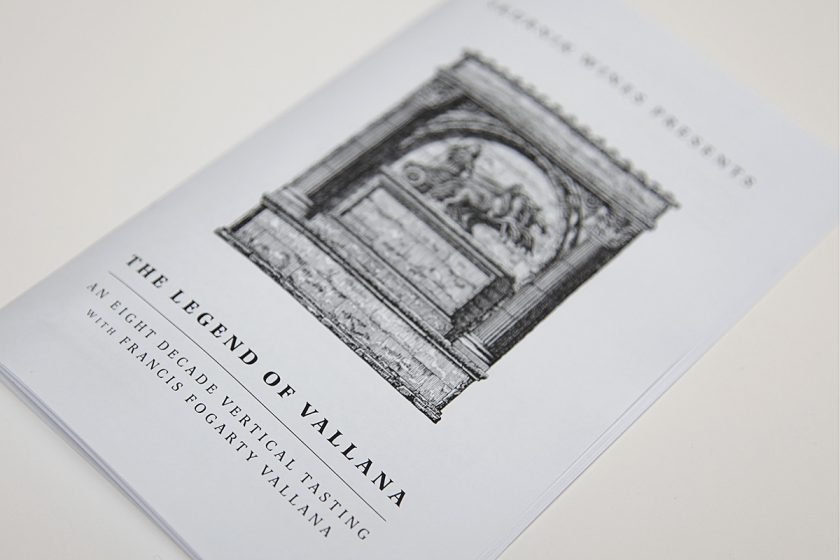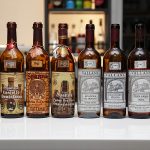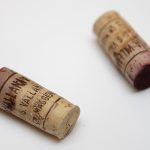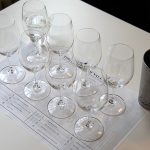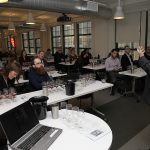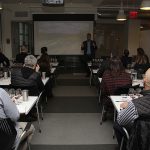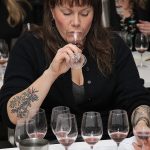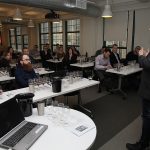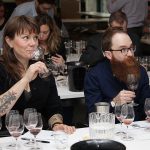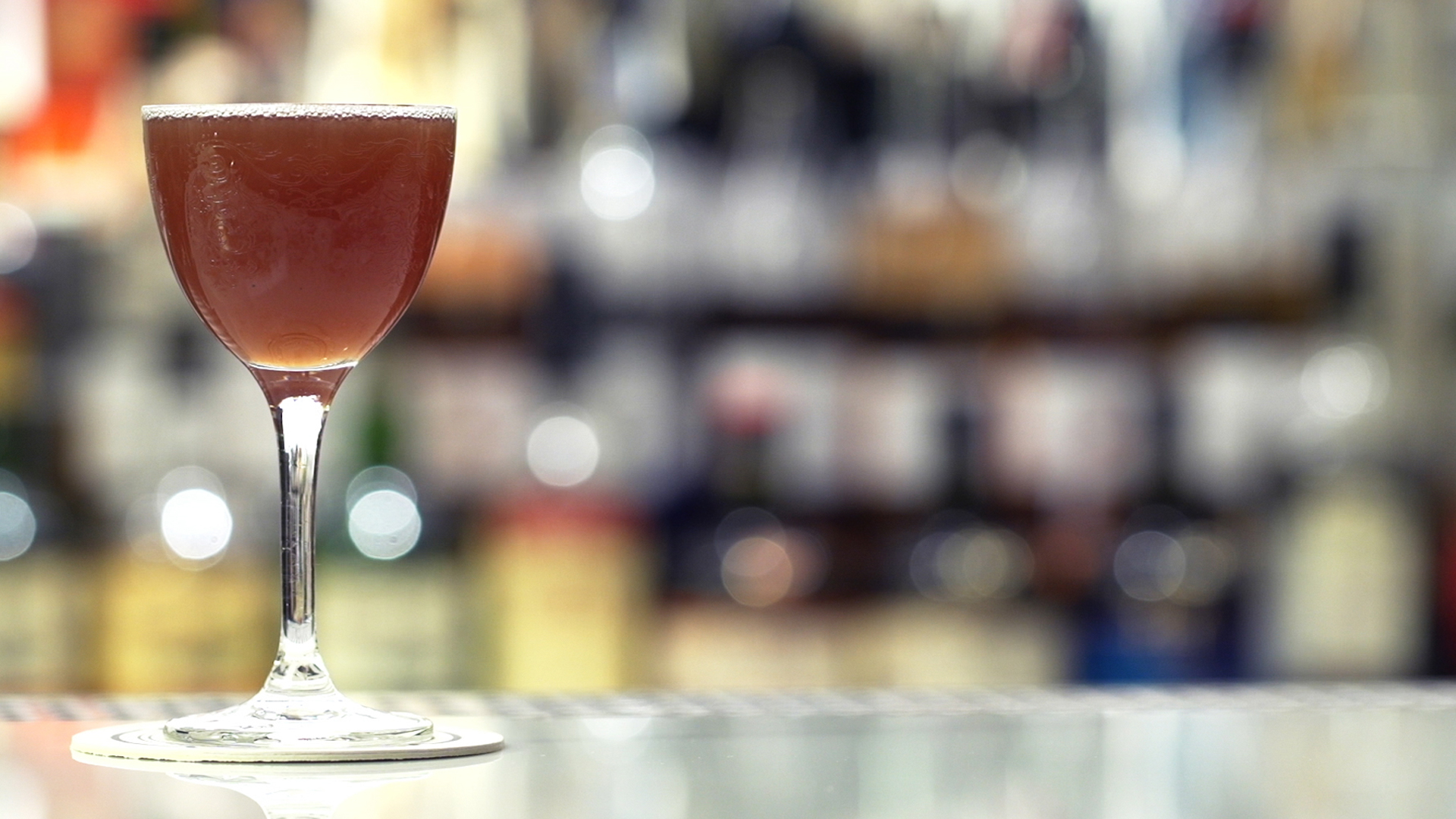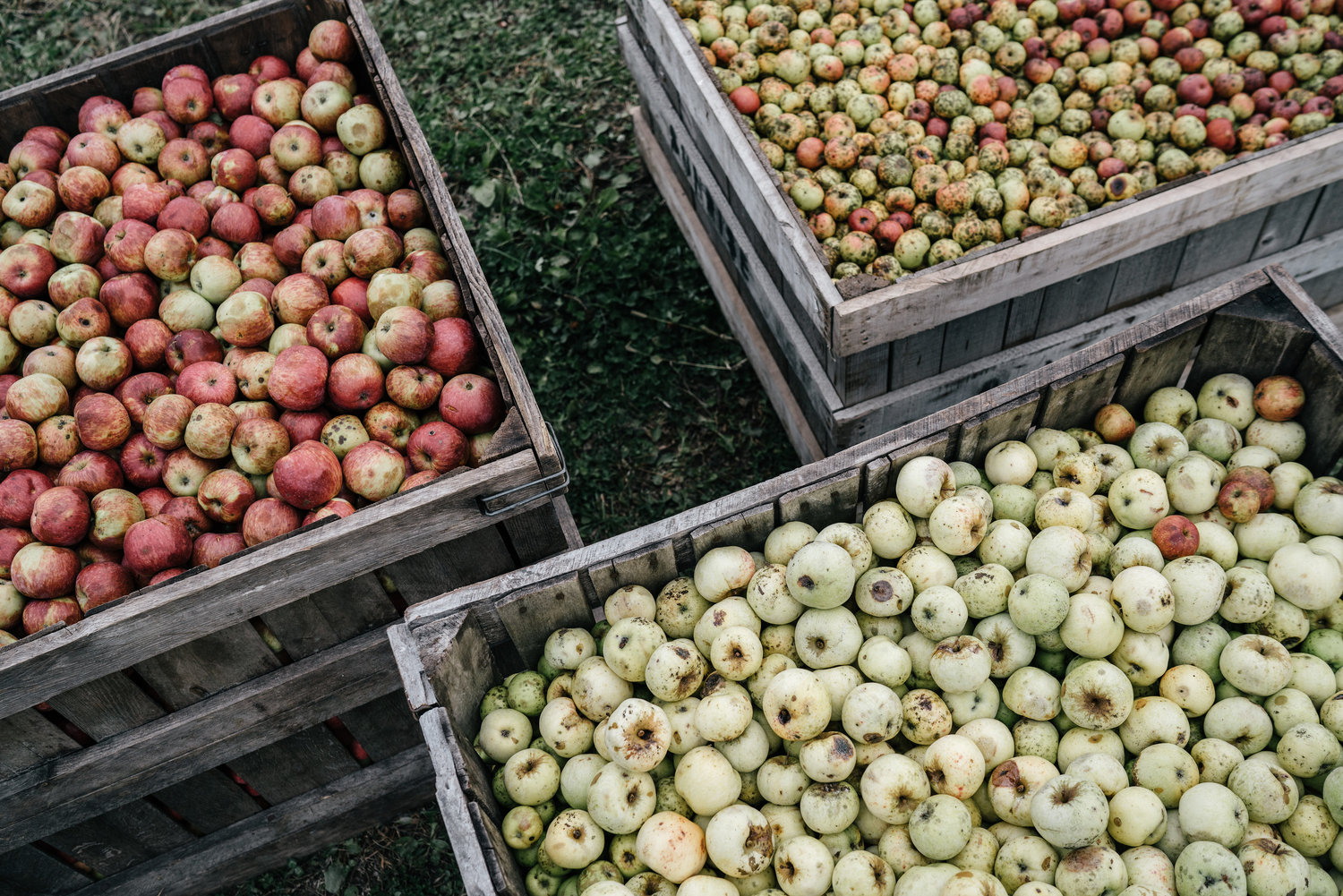On Wednesday, November 9th, Skurnik Wines had the great pleasure of hosting an eight decade vertical tasting of the wines of Vallana. After the tasting, our Italian Portfolio manager, Mark Fornatale, sat down with Francis Fogarty Vallana to ask him a few questions about the history and the future of his family’s estate.
Can you tell me a little bit about the Vallana estate?
The Vallana family’s roots in Gattinara began in the 18th century, and we can trace our ancestors’ land ownership to this time period – particularly in the area of Boca with the Montalbano and Traversagna vineyards. The first winemaker in our history was Gaetano Perrucconi, who took over in 1787 and began to supply the bishop of Novara with great wines from these crus. In the 19th Century, the first winemaker with the Vallana name took the reins of the estate – my ancestor Bernardo Vallana (“the old”), who carried on the tradition of winemaking, eventually passing it on to his son, Antonio. In 1937, Antonio established the full-fledged Vallana winery with his son, Bernardo Vallana (named for Antonio’s father). Together, they carried on this tradition throughout World War II. After the war, the burgeoning economy helped them to be able to promote awareness for the wines of Alto Piemonte all over the world – particularly in the United States, where they began to export their top crus. It was at this time that Vallana wines began to gain international recognition, and we made a name for our estate in the world of wine.
Vallana came into my consciousness as a wine drinker in New York because I knew a lot of collectors that praised the wines from the 1950s. I later found out that it was your grandfather, Bernardo Vallana, who made those wines. Can you tell me a little about him?
It still amazes me to think that my grandfather was just 17 years old when he and his father established the winery. And during a time of fascism no less, when having a family business was extraordinary in its own right. But Bernardo was extremely passionate about wine. In fact, my grandmother always tells me that he “never looked at her the same way that he looked at a glass of wine.” He was a pioneer and one of the first people to really understand the potential of our terroir, and the uniqueness of each cru. He created an array of several different Spannas, each one representing a particular aspect of the expression of our terroir, and he was always aware of the aging potential of these wines. My grandfather was one of the first people in our region to hold back vintages at the winery and wait to offer them until he thought they were ready. One thing I know about my grandfather is that he was never completely happy with his wines, and he always wanted to do better. For him, each vintage was an opportunity to make the best wine that he had ever made. This is the philosophy that he passed down to me.
You mentioned earlier the crus of Traversagna and Montalbano, which are now a part of the Boca appellation. Can you tell us when this appellation was created?
The appellation was created in 1969, and created in a way that basically forced us to make one wine from the two crus. That is how we went from having two wines from this area: Traversagna and Montalbano; to one wine: Boca.
Wines from Boca can include up to 30% of Vespolina- what do you think that adds to the blend?
Vespolina is the genetic “son” of Nebbiolo, but the two grapes are very different. In a blend, it adds color, peppery notes, and rounds out the texture a bit. It took centuries for the farmers of Alto Piemonte to find grapes that were complementary to Nebbiolo. Vespolina not only works well with Nebbiolo in the bottle, it also works with Nebbiolo in the field. It’s easier to cultivate, and it can be planted in spots where Nebbiolo simply won’t grow properly.
Can you talk a bit about the the philosophy of winemaking at the estate and how it may or may not have evolved over time?
It’s interesting to visit our estate, because in the architecture of the winery you see the philosophy behind the winemaker. There is very little space for barrel aging, because the main focus of our winery is bottle aging. My grandfather strongly believed that, even though it takes longer to deliver the wine at an optimal drinking stage, long-term bottle aging helps the wine to develop an elegance that is completely unique. As far as our viticultural philosophy, we believe very strongly in sustainability.
What are some of your favorite vintages of Vallana wines?
I’ve had the privilege to be able to taste several old vintages as I was growing up, and to taste them again and again over the years. As far as the old wines, I have preference for 1955 and 1958, and 1961. In more recent years, 1996, is one of my favorites, not only because of the wine, but also because it’s the last vintage that my father made. It’s a wine that I’ve used as a sort of textbook for my winemaking education. But, the wine is also gorgeous, so it’s a nice textbook to have to use.
What can you tell us about what to expect from Vallana in the future?
My intention as a winemaker is always to add to the history of the winery. My goal is to be able to sit here in 40-to-50 years and go back to the wines I made and say: ‘these wines taste exactly like my grandfather’s did when they were that age.’ The future for Vallana is really to focus on the quality of the wine and on the expression of the potential of Alto Piemonte. There are many important aspects of the wines from our region, but in my opinion, the most outstanding one is the ability of the wines to age for decades. This is what I hope to achieve as a winemaker.




